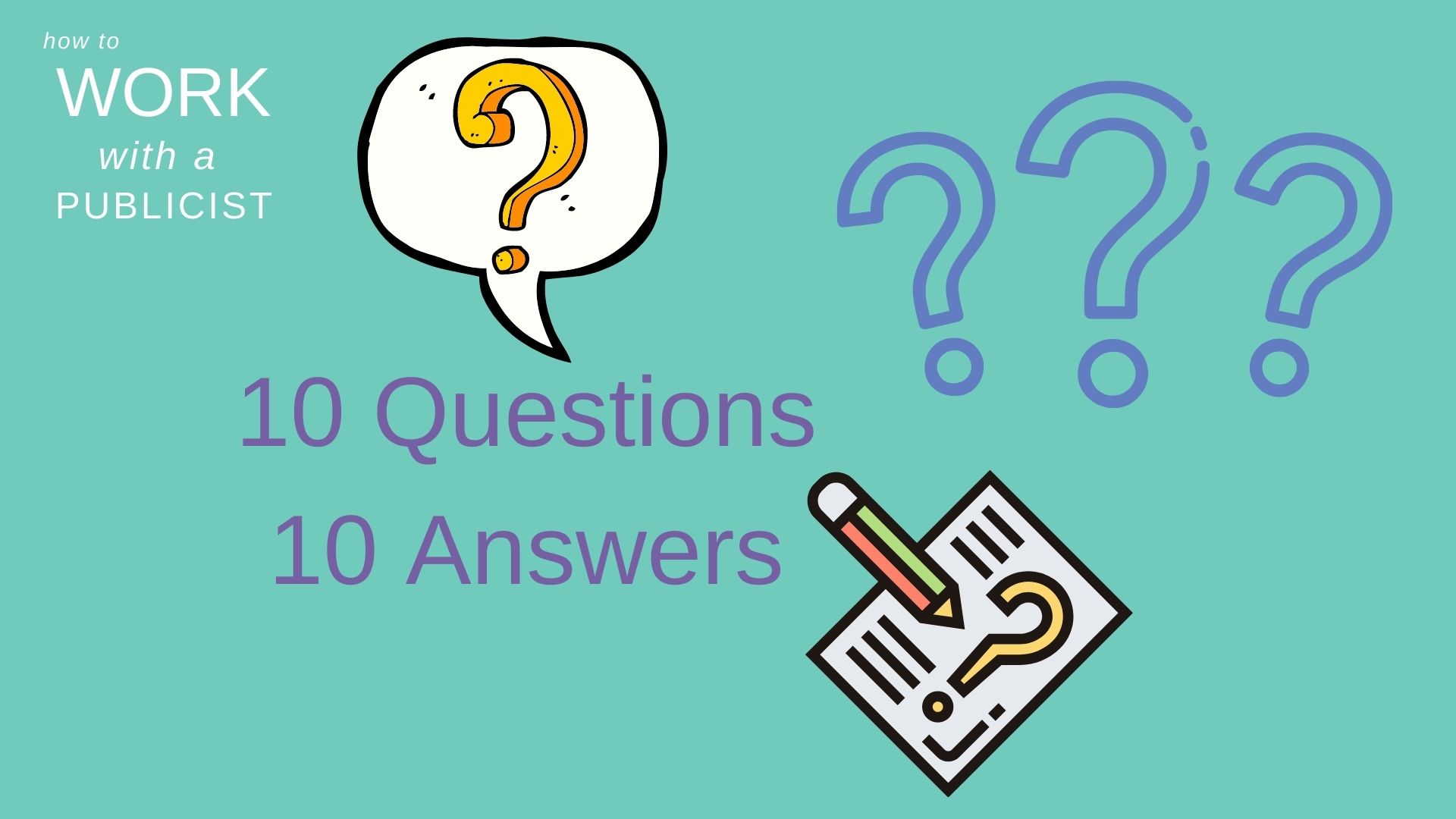As a PR and marketing company one of our most important jobs is writing. Just because we are good writers does not mean we are going to write the next great American novel, because what we do requires a specific skill set. In fact, some people equate PR writing with journalism. We have to create the stories and be persuasive to convince media people to pay attention and write or broadcast what we want to get out there. Different platforms require different things so you would never send a lengthy email style pitch to a person on Instagram. Twitter needs to be even more brief. Pitches can not be over-the-top, nor should they be dry. Catch a person’s attention in the first sentence with eye-catching, pithy, and ultimately informative material. Like one of my favorite artists, Public Enemy, says, “Don’t Believe the Hype” –we can’t afford to alienate people by leaning too far in any one direction. So how do digital pitching tactics differ between emails vs. social media?
Is Your Pitch Too Long?
The most glaring difference in digital pitching tactics is the length that your pitches can be. In email, the short & sweet is applied mostly to the subject line. Once someone has deemed your email important enough to open, it’s likely they’ll read it. There’s a lot of room in the body of an email to write at length about whatever it is you’re trying to pitch. This doesn’t mean you should write a novel, but it does allow the opportunity to append things like press releases or longer summaries. If your initial pitch sells the product well, the reader will usually want some more information. Attachments are a great way to do this.
When you start getting into social media, though, length becomes the enemy. Many platforms have character limits for direct messages (DMs) and people don’t want to read walls of text. For book pitches, I usually try to keep the message to a personalized hello, a short summary of the book and any relevant information about the author. It’s always important to end with a call to action like an invitation to work together or an offer for more information. Being concise and clear about what you’re asking for is vital with strict length limits.
Does Structure Matter?
The structure of a DM pitch is a lot looser, especially once you get to chatting with someone! I would suggest keeping it formal at first and, of course, always remain courteous. But don’t be afraid to “like” someone’s responses or use emojis (sparingly). It’s commonplace on social media and can make you seem more personable. People always like knowing there’s someone real behind the product!
Emails tend to be a lot less casual, almost always beginning with a greeting and ending with a signature. It’s good practice to use more formal language throughout the conversation. This might change a little if you exchange emails with someone regularly, but usually with pitches it is a strictly professional relationship and using language to reflect that is a good idea.
Pacing is Important–Don’t Be a Dirge
Some of the informality of DMs comes from pacing. Often, you will see responses a lot faster on social media than you would expect with email. Because it’s less formal and easily accessible through phones, people usually get back to you quickly if they’re interested in your pitch. Make sure to do your best to reply in a timely manner as well.
As a tip, keep in mind that if you have a lot of people to pitch via DM you can’t always send out hundreds of messages all at once. Some websites have rate limits and might mark you as a spam account if you try to do too much in a short period of time! Try to limit your new messages to about 15 or 20 an hour.
Don’t Do It Unless You Know How
These are just some things to expect if you’re new to using DMs and social media to pitch to people. The only real way to get a feel for it is to go out and do it! And remember most of all you are trying to build relationships between you and the media. It’s a symbiotic association that should benefit both sides. Don’t risk the trust of a potential contact, know what proper digital pitching tactics are before you reach out.
If you’d like to read more publicity tips, check out some of our other blogs on the topic!




